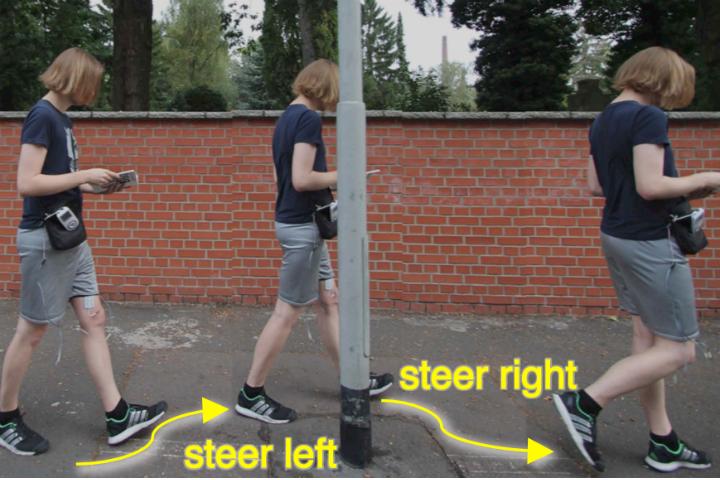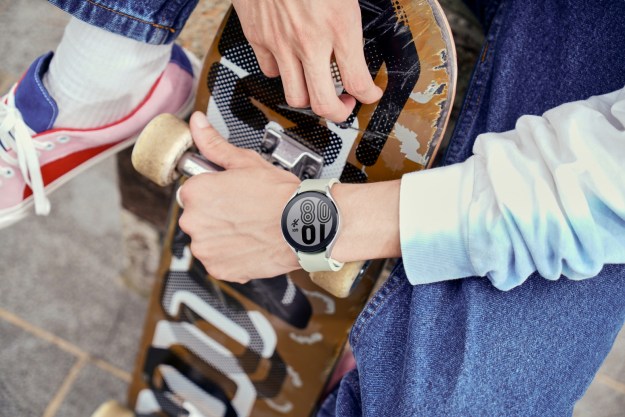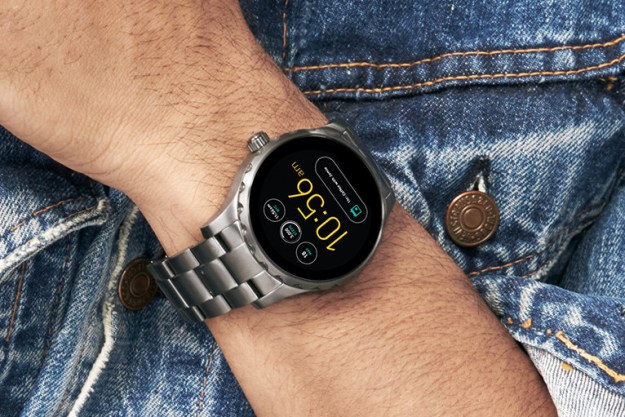
Electrodes are placed on the skin, over something called the sartorius muscle group in the top of our legs, and a weak electrical signal is passed through them. The current causes your leg to turn ever so slightly. Yes, the GPS on your phone will have a tiny bit of control over where you’re actually going. It’s possible that these electrodes could be integrated into underwear, giving us truly smart pants.
In a paper on the system, which is appropriately known as Cruise Control for Pedestrians, it’s pointed out that wearers don’t have to follow the direction given by the jolt. We still have full control over our bodies, so there’s little chance of being tipped over the edge of a cliff, or careening out into moving traffic. However, the option is there to succumb to the phone’s wishes, hang the consequences, and just, well, go with the flow.

While it’s tempting to concentrate on the frightening notion of our phones controlling us, rather than the opposite way around, the applications for actuated navigation are intriguing. It could be used to guide emergency teams through buildings filled with smoke, locations shrouded in darkness, or wild places where visual navigation clues are minimal. It also ties in with the concept presented in Microsoft’s Cities Unlocked project, where future smart cities could enable accurate audio guidance for blind people.
Like Cities Unlocked, actuated navigation isn’t close to becoming reality just yet, and the device is still at the prototype stage. Plus, GPS, local navigation systems, and connectivity will have to improve if it’s to become truly usable on a daily basis. Finally, we’ll all have to get over the fact our phones will be using a pair of electrically charged smart pants to tell us where to go.




